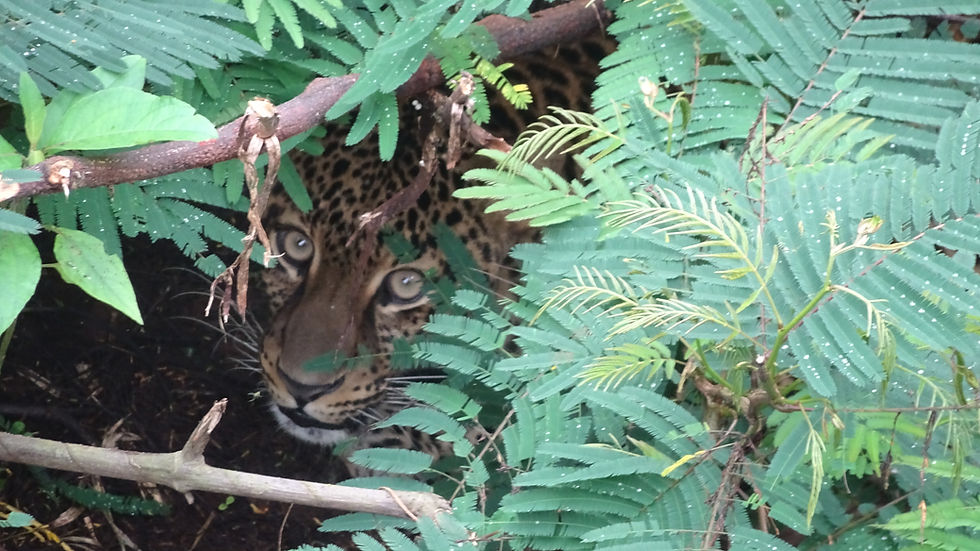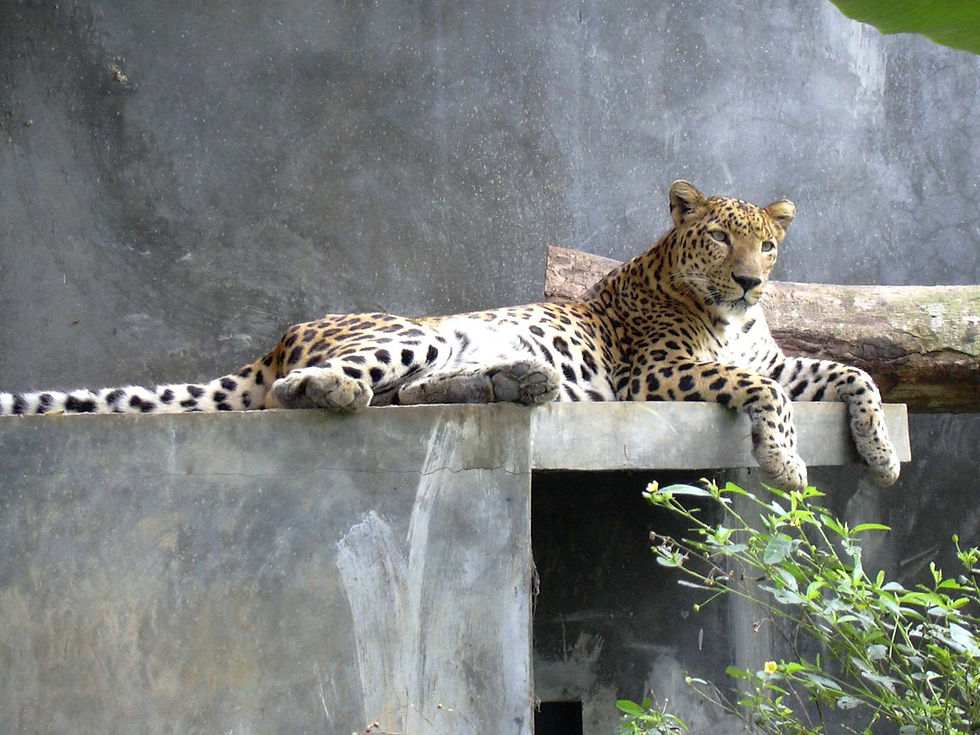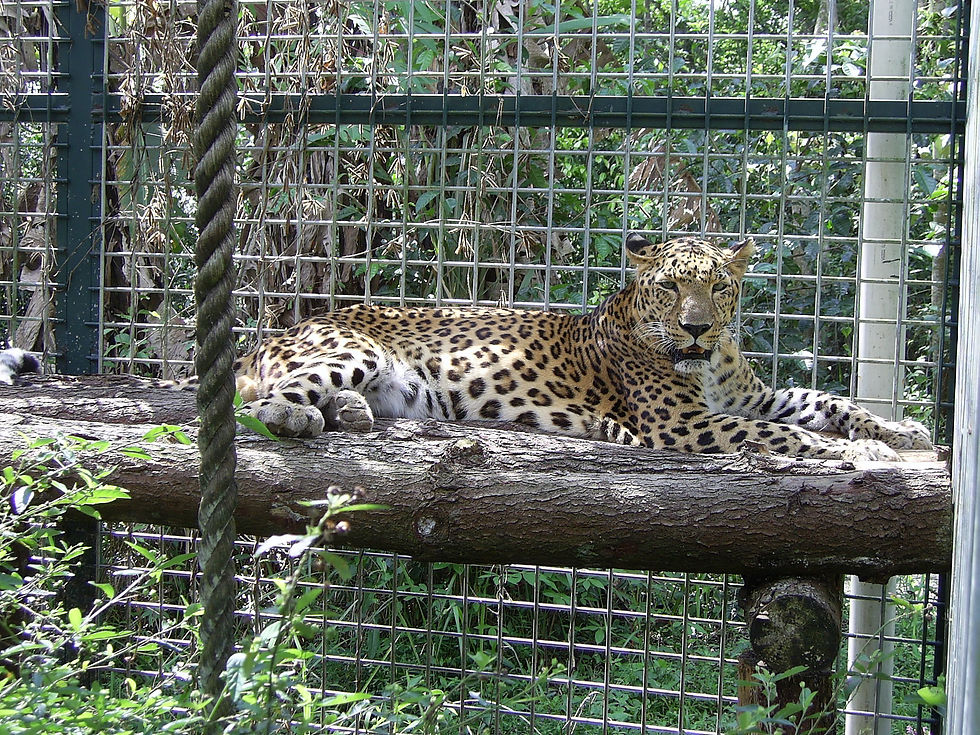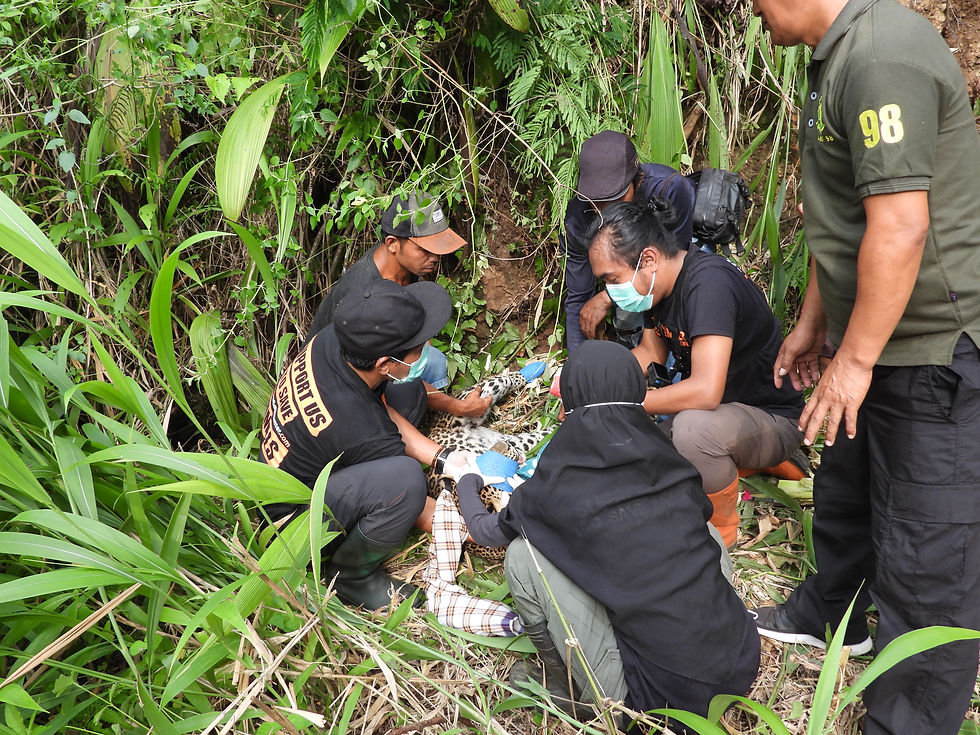The Forgotten Big Cat of Java and How the Wanicare Foundation Is Fighting for Its Survival
- CatSwoppr Team
- May 13
- 2 min read
When Willemijn Eggen first stepped into the Cikananga Wildlife Center in 2008, she wasn’t just chasing a childhood dream, she was stepping into the beginning of something much bigger. What began as an internship for a Dutch veterinary nursing student in West Java turned into a lifelong mission to rescue, rehabilitate, and rewild Indonesia’s most vulnerable wildlife.

A year later, Wanicare Foundation was born — a Dutch non-profit built from passion, grit, and the belief that every animal deserves a second shot at freedom. Back then, the Cikananga center was struggling, with no major sponsor, little funding, and only a small unpaid team keeping things afloat. But Willemijn saw potential within the hardship. She hence decided to stay and grow it into something powerful.

One of the most extraordinary outcomes of this journey has been the Javan Leopard Project. With fewer than 319 mature individuals left in the wild, the Javan leopard is quietly teetering on the edge of extinction. Habitat destruction and rising human-wildlife conflict have forced many into dangerous encounters with people; and for some, the only safe path was evacuation.

So far, 13 Javan leopards have found refuge at Cikananga. But the goal has never been captivity. The aim is always: back to the wild. In 2017, with the help of FOUR PAWS Germany, Wanicare built a 1,000-square-meter rehabilitation enclosure tailored for these big cats. And since then, three leopards, named Slamet, Rasi, and Wahyu, have been successfully reintroduced to the forests of West Java. Their returns aren’t just wins for conservation; they’re symbols of hope.

Of course, releasing a leopard isn’t as simple as opening a gate. Each case requires medical checks, behavioral monitoring, habitat surveys, and even building a special pre-release enclosure in the forest to help the animal re-adjust. Sometimes the leopards thrive. Sometimes they don’t. But every step is guided by deep care, science, and the belief that the wild belongs to the wild.

The work with local communities is equally important. Many people living near leopard habitats are unaware that these animals are legally protected, or how crucial they are to the ecosystem. That’s why Wanicare doesn’t just rescue animals, they educate and involve. From farmers to forest rangers, more and more people are becoming partners in conservation.
There’s still a long way to go. Java’s forests are shrinking, and each release is expensive and logistically complex. But the team behind Wanicare isn’t going anywhere.
Because for them, it’s not just about saving one leopard. It’s about giving nature a fighting chance; one life, one forest, one wild dream at a time.

To keep up with the Wanicare Foundation’s work and support their mission, give them a follow on Instagram: @wanicare_foundation.




Comments